Fujifilm X-Pro2 Review - Image Quality and Verdict Review
Image Quality and Verdict
Was the four-year wait worth it?
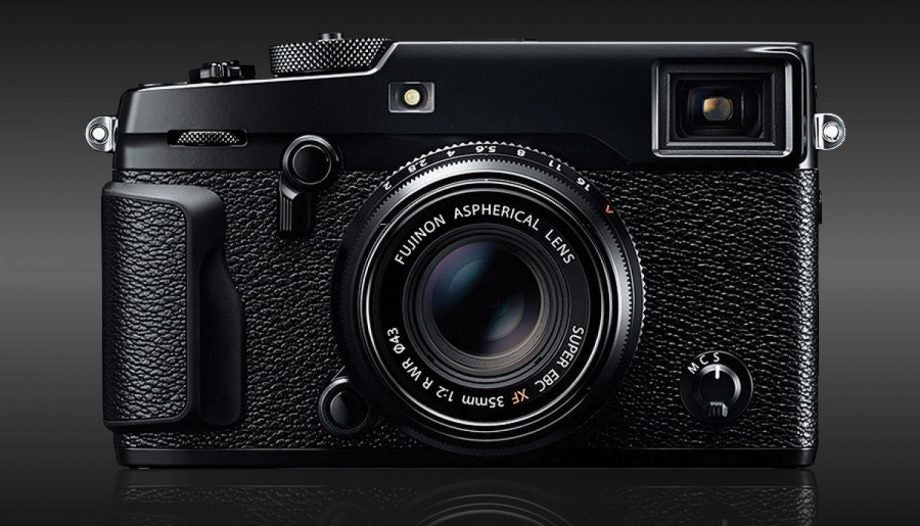
Sections
- Page 1 Fujifilm X-Pro2 Review
- Page 2 Custom Functions and Performance Review
- Page 3 Image Quality and Verdict Review
 Many of the X-Pro2’s test images were taken close to Chiddingstone Castle, Kent
Many of the X-Pro2’s test images were taken close to Chiddingstone Castle, Kent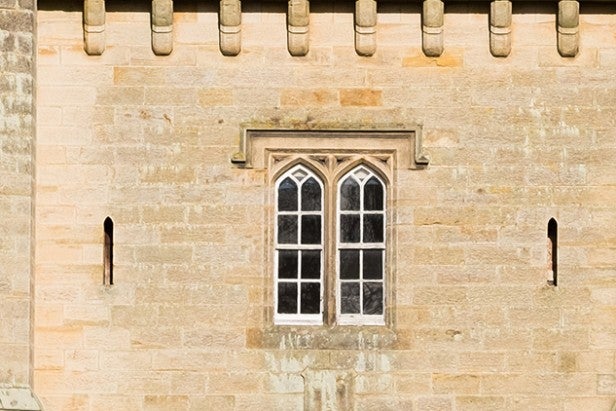 100% crop from above; ISO 200, 1/3000sec f/4
100% crop from above; ISO 200, 1/3000sec f/4
We have tested numerous Fujifilm cameras with 16.3-million pixels so it’s refreshing to see a new 24-million-pixel APS-C X-Trans CMOS III sensor, which has never featured in an X-series model before. The question all photographers intrigued by the X-Pro2 want to know the answer to is how well this new sensor measures up against the 16-million-pixel APS-C X-Trans CMOS sensor of old. We inspected our lab results alongside the X-Pro1’s and quickly discovered the X-Pro2’s sensor surpasses its predecessor in some style.
Pushing the sensor to the extremes of its ISO range reveals users can shoot confidently between ISO 100-6,400 without fear of noise severely degrading image quality. Colour noise is extremely well-controlled and, although luminance noise makes its presence known at high sensitivities, the level of detail the sensor resolves up to ISO 25,600 is phenomenal.
Dynamic Range: The X-Pro2 puts in a respectable dynamic range performance and manages to exceed 12EV when it’s set to its lowest sensitivity setting. Increasing the sensitivity by a stop to ISO 200 sees the figure drop just below 12EV, with figures remaining above 10EV up to ISO 800. Beyond ISO 800, results drop to 9.3EV at ISO 1,600 and 8.1EV at ISO 3,200. It’s encouraging to see the figures remaining above the critical 6EV at ISO 12,800. The dynamic range only starts to drop below 6EV when the expanded ISO settings are used.
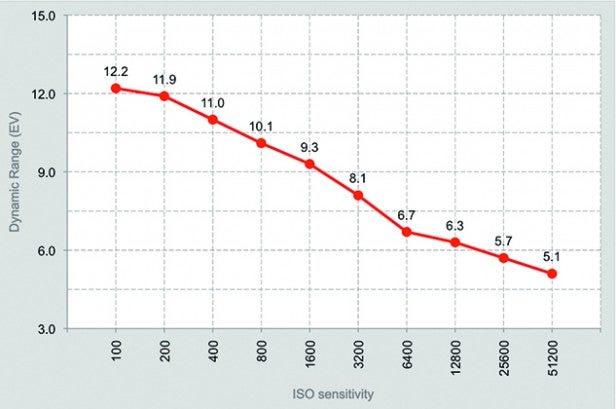 Fujifilm X-Pro2 Dynamic Range
Fujifilm X-Pro2 Dynamic Range
Resolution: The X-Pro2 clearly benefits from the lack of a low-pass filter. The level of detail recorded by the sensor goes one better than that of the X-Pro1 and it resolves a maximum of 3,400l/ph between ISO 100 and ISO 400. Resolution drops ever so slightly at ISO 800 to 3,200l/ph and it manages to resolve the same 3,000l/ph figure between ISO 3200 and 6400. The level of detail the sensor resolves at high sensitivities is quite remarkable. It manages to resolve 2,800l/ph at ISO 12,800 and only drops to 2,600l/ph at ISO 25,600. Pushing the X-Pro2 to its limit resulted in 2400l/ph being recorded at its ISO 51200 equivalent setting.
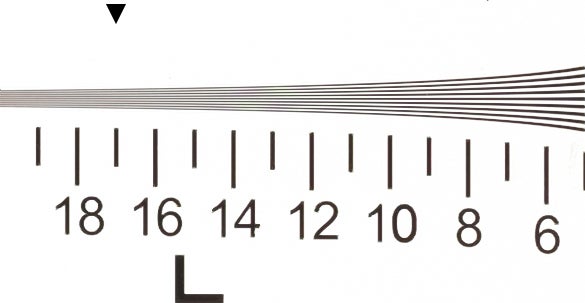
Fujifilm X-Pro2 Resolution ISO 100
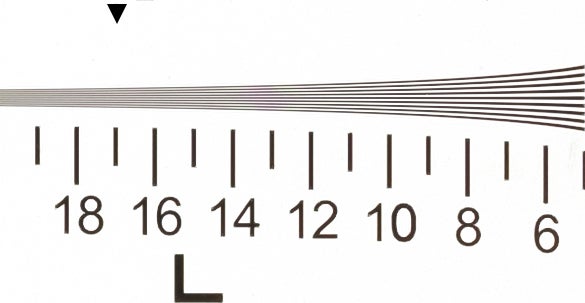
Fujifilm X-Pro2 Resolution ISO 200
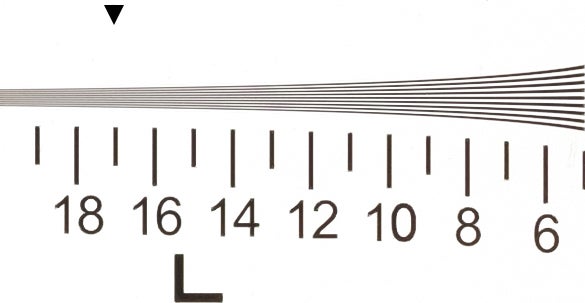
Fujifilm X-Pro2 Resolution ISO 400
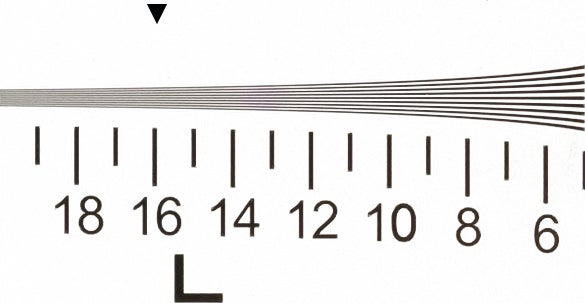
Fujifilm X-Pro2 Resolution ISO 800
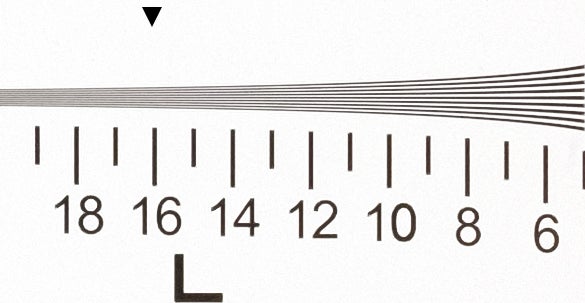
Fujifilm X-Pro2 Resolution ISO 1600
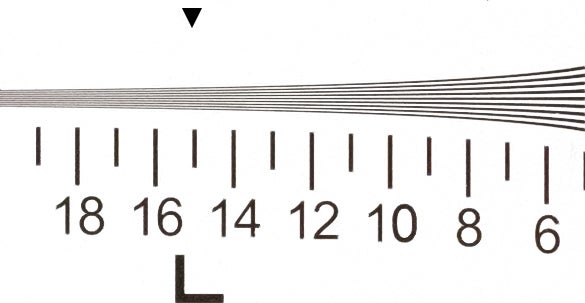
Fujifilm X-Pro2 Resolution ISO 3200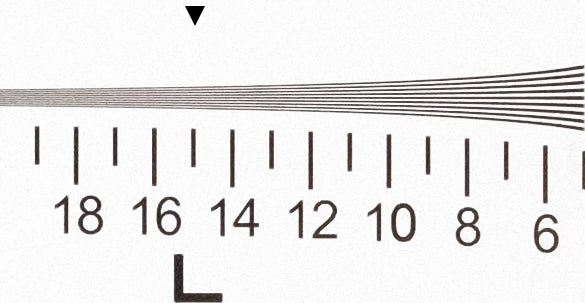
Fujifilm X-Pro2 Resolution ISO 6400
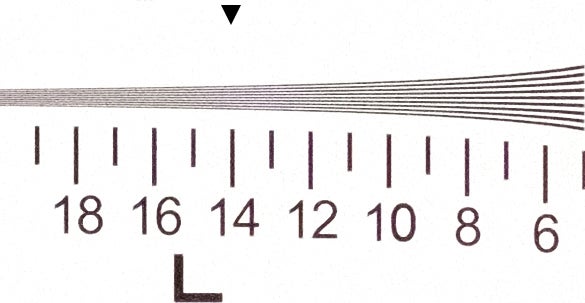
Fujifilm X-Pro2 Resolution ISO 12800
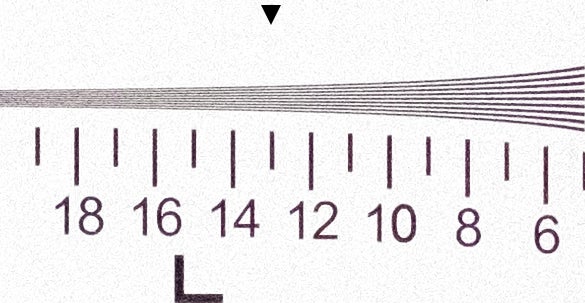
Fujifilm X-Pro2 Resolution ISO 25600
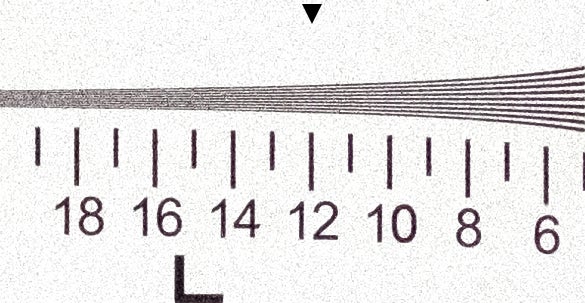
Fujifilm X-Pro2 Resolution ISO 51200
ISO sensitivity and Noise: Our X-Pro2 raw files were first converted in Adobe Camera Raw 9.4 before we inspected the level of noise through the ISO range. Exceptionally clean results were recorded between ISO 100 and ISO 1,600. Luminance noise starts to become apparent at ISO 3,200 and ISO 6,400 when viewing images at high magnification, but it has quite a pleasing fine film-like aesthetic and can be controlled effectively in Adobe Camera Raw.
Needless to say, I wouldn’t hesitate to use ISO 3,200 or ISO 6,400 in challenging low-light situations. Rotating the ISO dial to ISO 12,800 introduces more luminance noise, but the level of fine detail remains high and it’s by all means a useable setting with some vigiliant application of noise reduction. Users could turn to the expanded ISO 25,600 setting for urgent situations, but we’d stay away from ISO 51,200 where there’s a drop in saturation.
The 100% crops below show the X-Pro2’s raw output at each ISO sensitivity setting
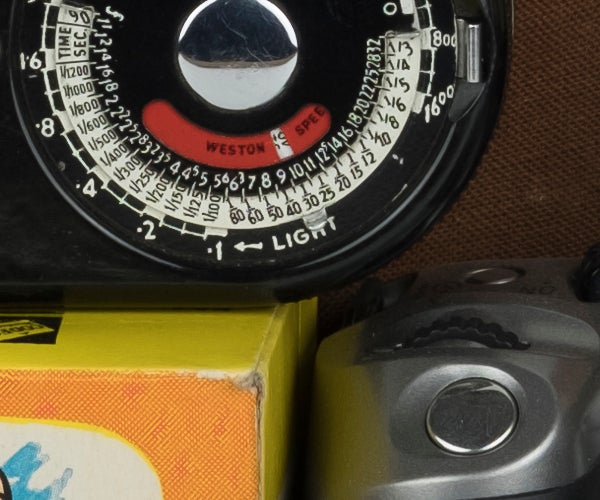
Fujifilm X-Pro2 Raw ISO 100
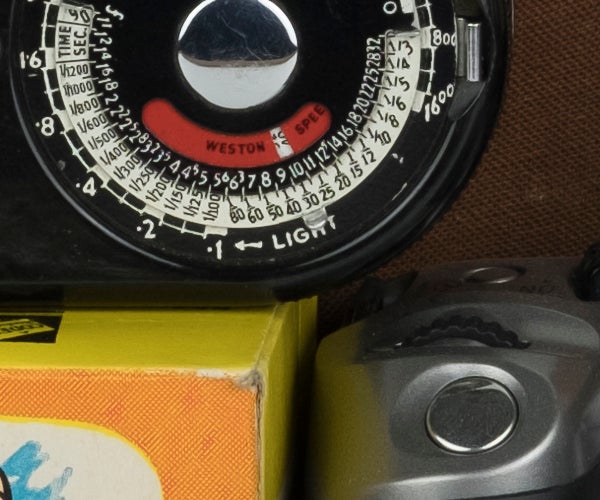
Fujifilm X-Pro2 Raw ISO 200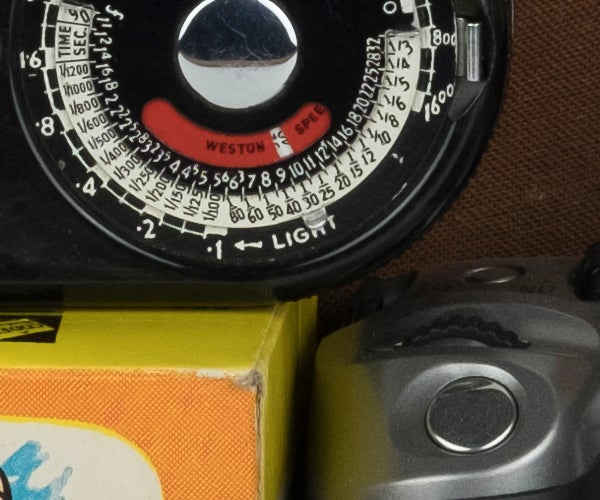
Fujifilm X-Pro2 Raw ISO 400
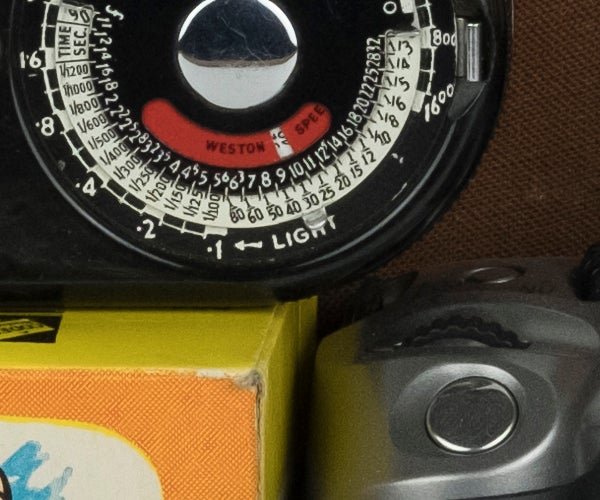
Fujifilm X-Pro2 Raw ISO 800

Fujifilm X-Pro2 Raw ISO 1600
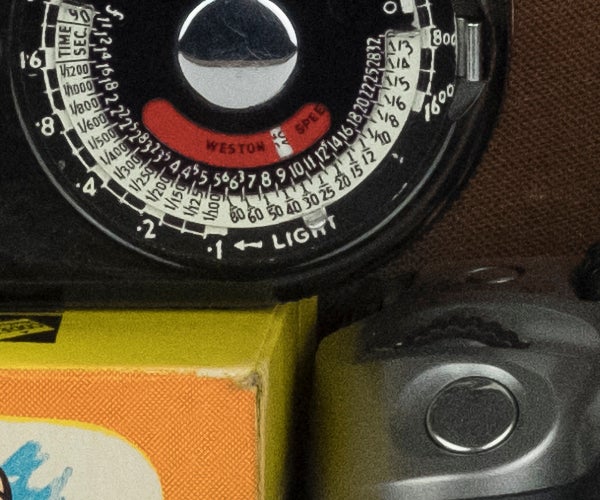
Fujifilm X-Pro2 Raw ISO 3200
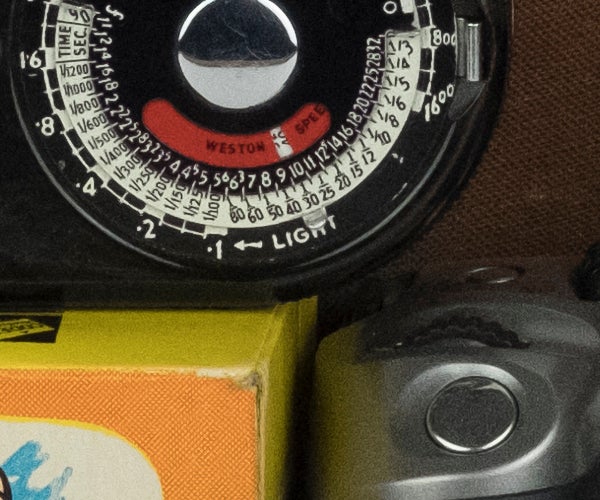
Fujifilm X-Pro2 Raw ISO 6400
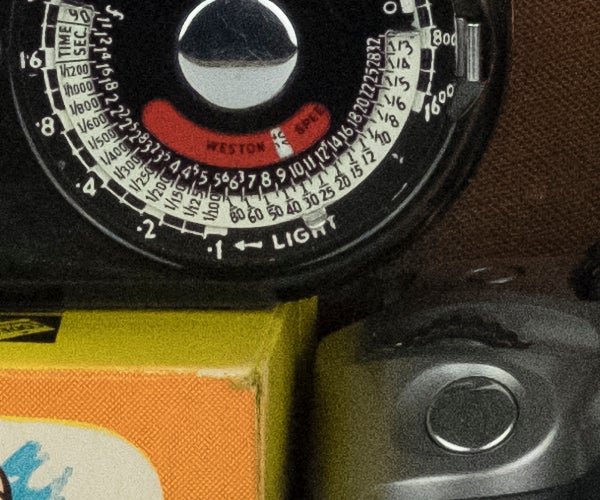
Fujifilm X-Pro2 Raw ISO 12800
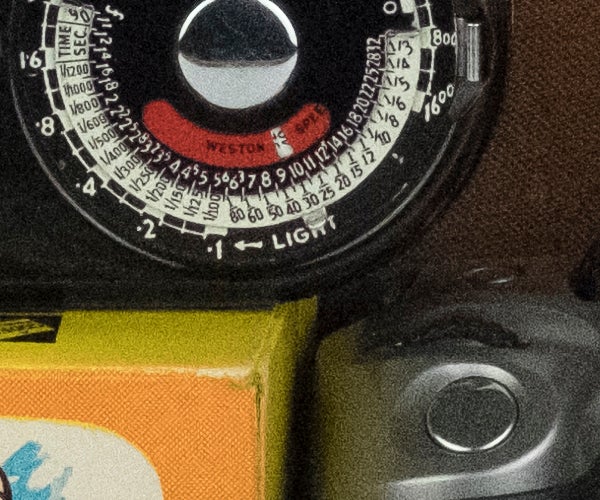
Fujifilm X-Pro2 Raw ISO 25600
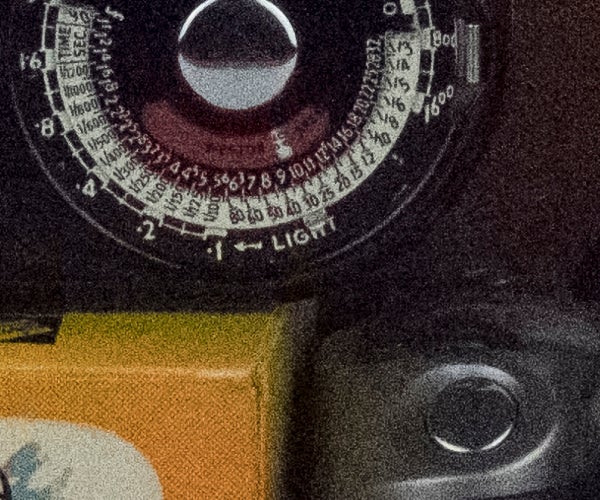
Fujifilm X-Pro2 Raw ISO 51200
Should I buy the Fujifilm X-Pro2?
Fujifilm had strong foundations on which to build their successor to the X-Pro1 and, rather than starting from scratch, they’ve focused their attention on refining what was a great camera, revamping it into something truly special.
Modifications and improvements have been made to virtually every area of the camera. While it’s the new 24-million-pixel X-Trans CMOS III sensor that receives most acclaim, there’s much more besides the X-Pro2’s stellar image quality and the fantastic detail it resolves. The combination of its solid metal body, refined handgrip and plethora of metal buttons and dials make it a pleasure to pick up and use from the hip. Other small refinements such as its dual card slots, revised menu system and improved weather resistance merge seamlessly with the significant developments that have been made to its superb hybrid viewfinder and autofocus system.
It’s great to see most of the criticisms we made about the X-Pro1 being ironed out. It isn’t entirely free of quirks, however, and there were times when the lack of a tilting screen was greatly missed. The ISO speed dial on the top plate takes some getting used to and the battery life, particularly in high performance mode, will encourage users to invest in a few spares.
Fujifilm had their work cut out to produce a camera with a superior set of features to the fabulous X-T1 and one that lived up to our high expectations. The X-Pro2 manages to do just that and then some – it’s an absolutely stunning premium compact system camera that we can categorically say has earned its place as the flagship model in the X-Series. The styling and off-centre viewfinder won’t be to everyone’s taste, but those after a superb digital rangefinder will find it hard to resist the temptation. Sometimes the longer you wait for something, the more you appreciate it when it finally arrives. The saying ‘good things come to those who wait’ is true in the case of the X-Pro2.
Verdict
The Fujifilm X-Pro2 is a truly special camera.


